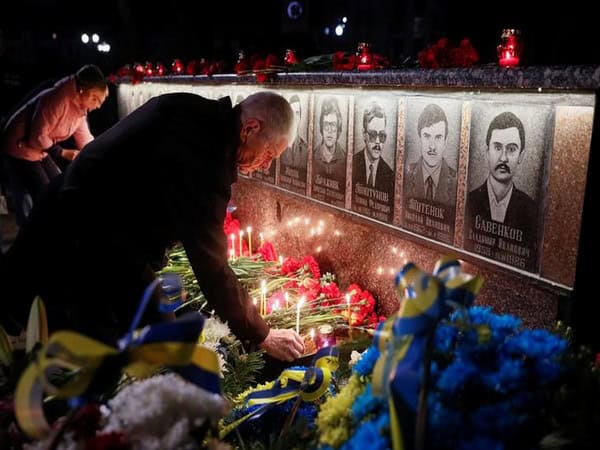Kyiv [Ukraine]: Over three decades after the devastating Chernobyl nuclear explosion, a United Nations report is claiming that positive environmental changes have been witnessed since the termination of human and industrial activities in the region.
According to the UN Chernobyl Forum’s paper, ‘Chernobyl’s Legacy: Health, Environmental and Socio-economic Impacts’, “The recovery of affected biota in the exclusion zone has been facilitated by the removal of human activities, e.g., termination of agricultural and industrial activities.”
The report cited by Daily Star claimed: “As a result, populations of many plants and animals have eventually expanded, and the present environmental conditions have had a positive impact on the biota in the Exclusion Zone,”
“Indeed, the Exclusion Zone has paradoxically become a unique sanctuary for biodiversity,” it added.
The findings run paradoxical to the official statistics on the Exclusion Zone, where multiple biological species suffered a detrimental radioactive impact around the time of the accident, which further led to anomalies often incompatible with life, Sputnik reported.
The report has stated regarding a subsequent expansion of populations of a whole range of plants and animals, thereby accounting for unprecedented biodiversity, which the exclusion zone has now become a sanctuary for, despite the severe immediate effect of the accident, which caused approximately 39,000 cancer deaths worldwide.
In plants and animals that were located within 20 to 30 kilometres of proximity to the reactor, there was registered a high dose of radiation, which further resulted in death and diverse anomalies in plants and animals. Over the years, however, the adverse effects have decreased, with more biological species flourishing in the new conditions.
The nuclear disaster, which took place on April 26, 1986, as a result of an explosion at nuclear reactor Number Four of the power plant near the river Pripyat in Soviet Ukraine, marked 33 years of the anniversary this year.
According to Sputnik, nearly 4,000 to 200,000 people lost their lives due to radiation poisoning in the region and nearby areas, with over 100,000 people being evacuated from the Exclusion Zone.
The accident occurred during a late-night safety test, which simulated a blackout and power failure, during which both emergency safety and power-controlling systems were purposefully switched off.
[source_without_link]ANI[/source_without_link]

